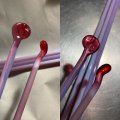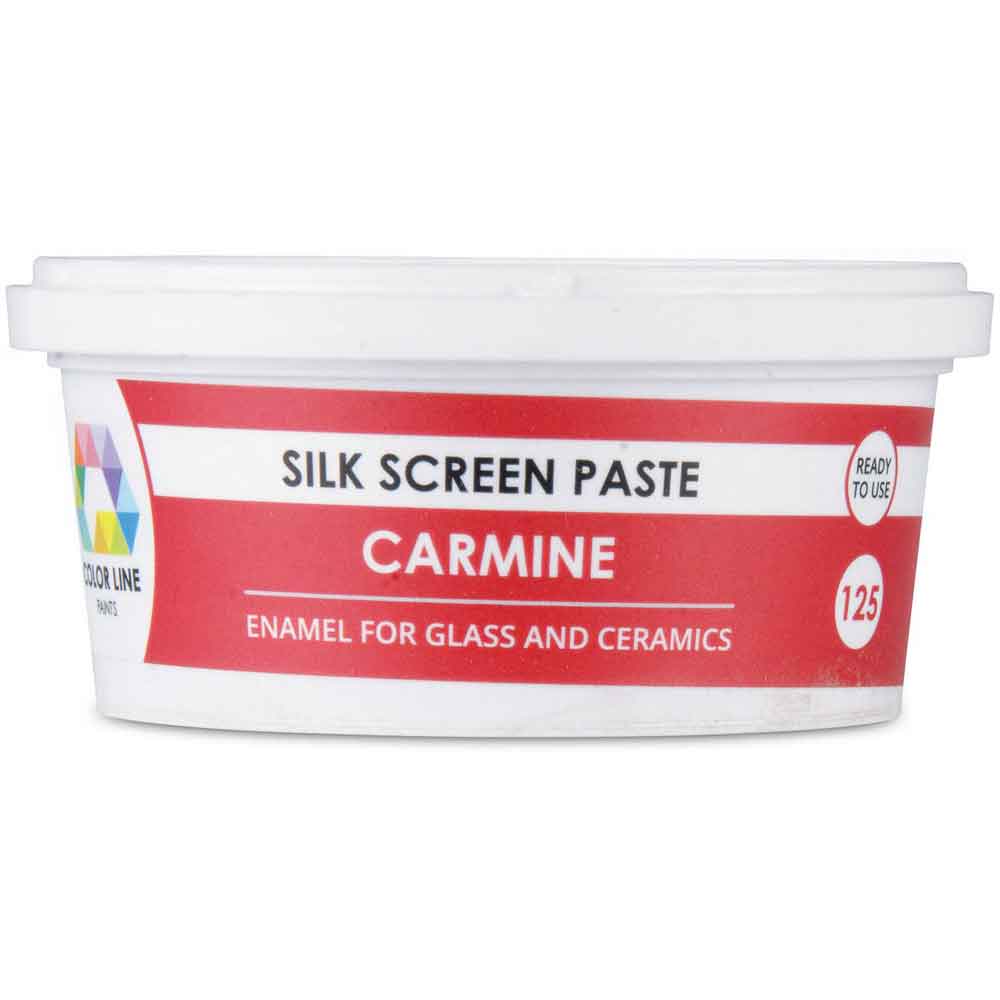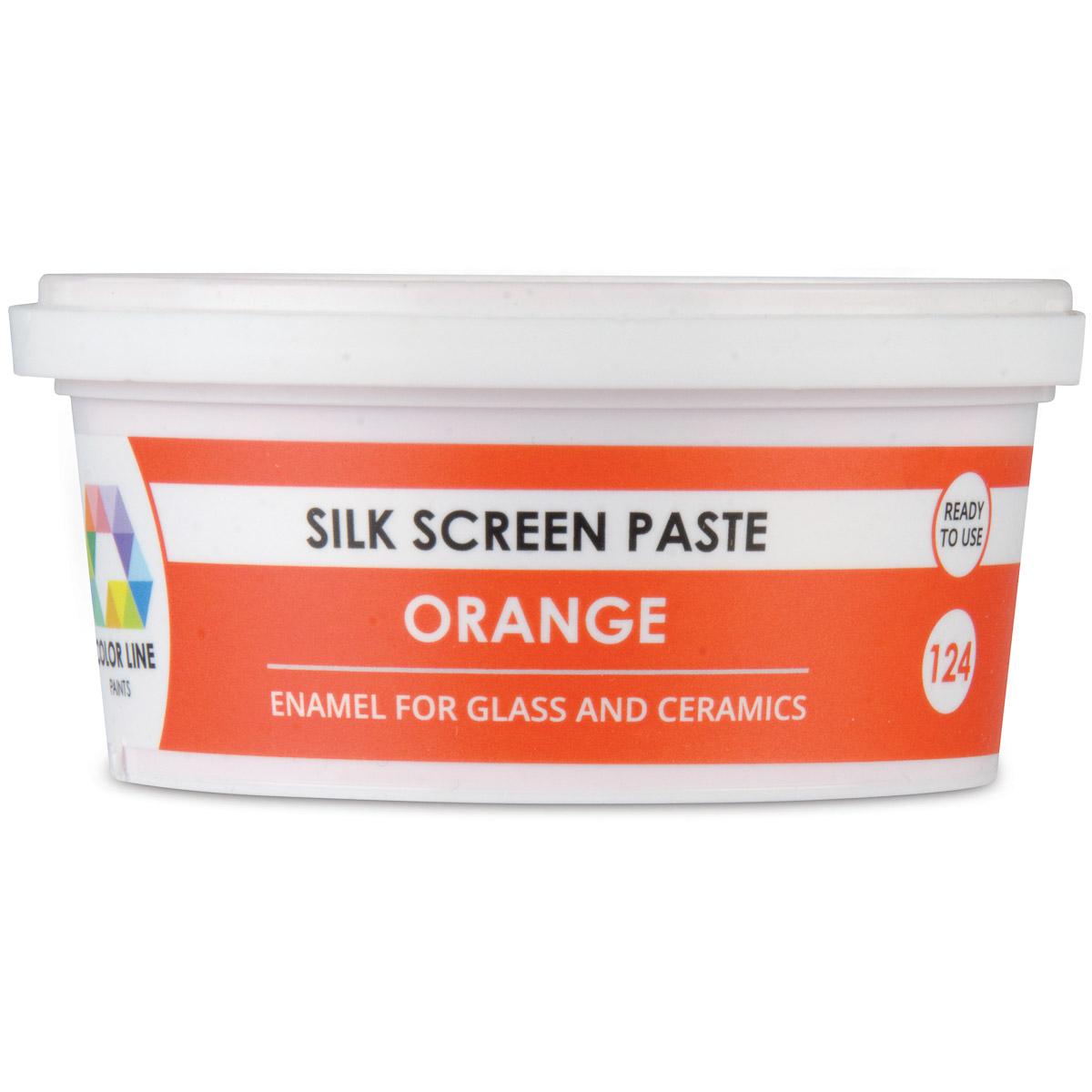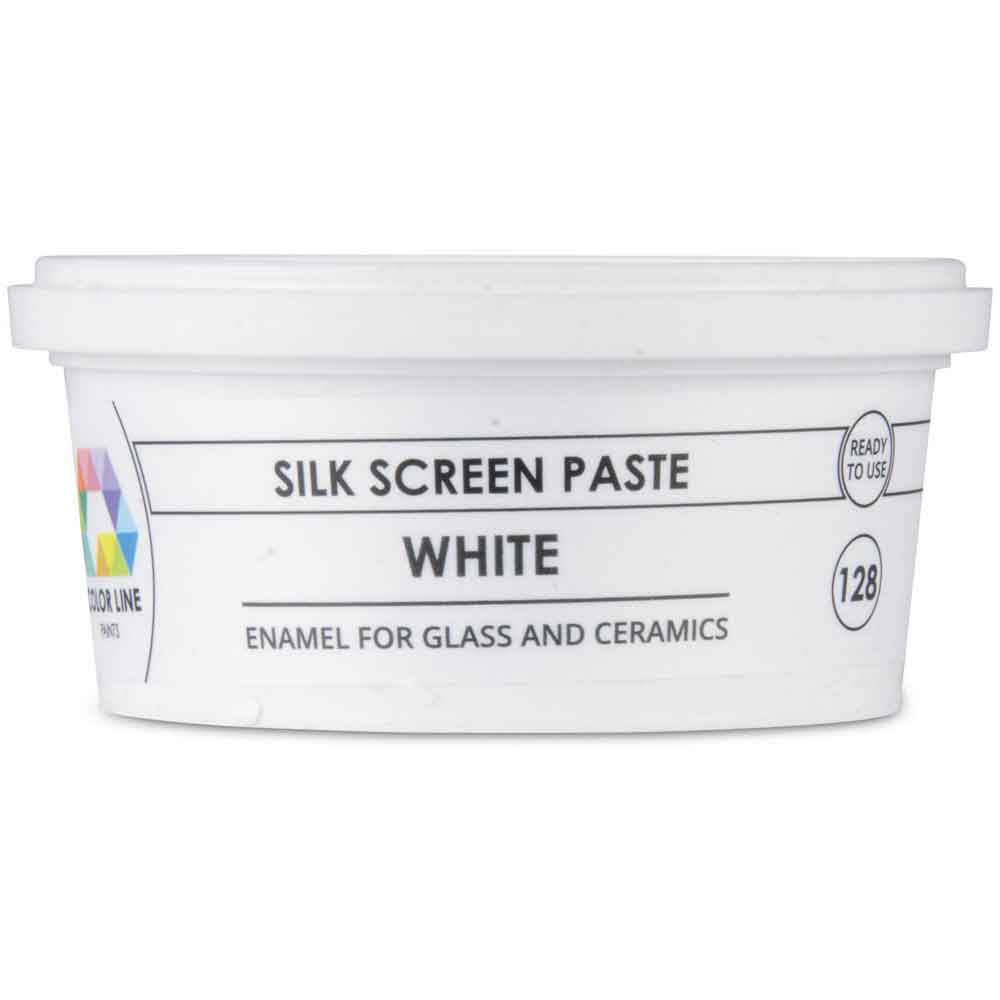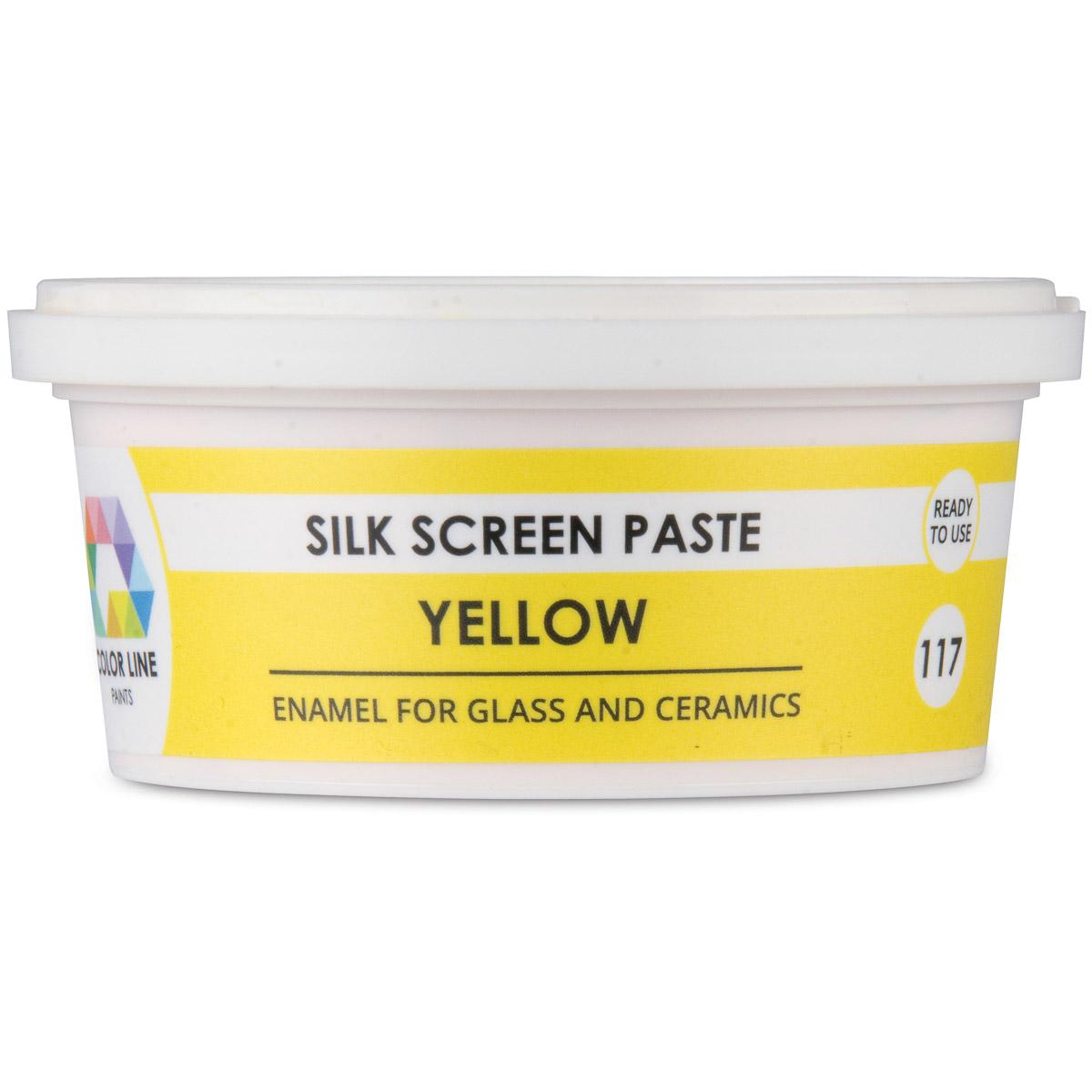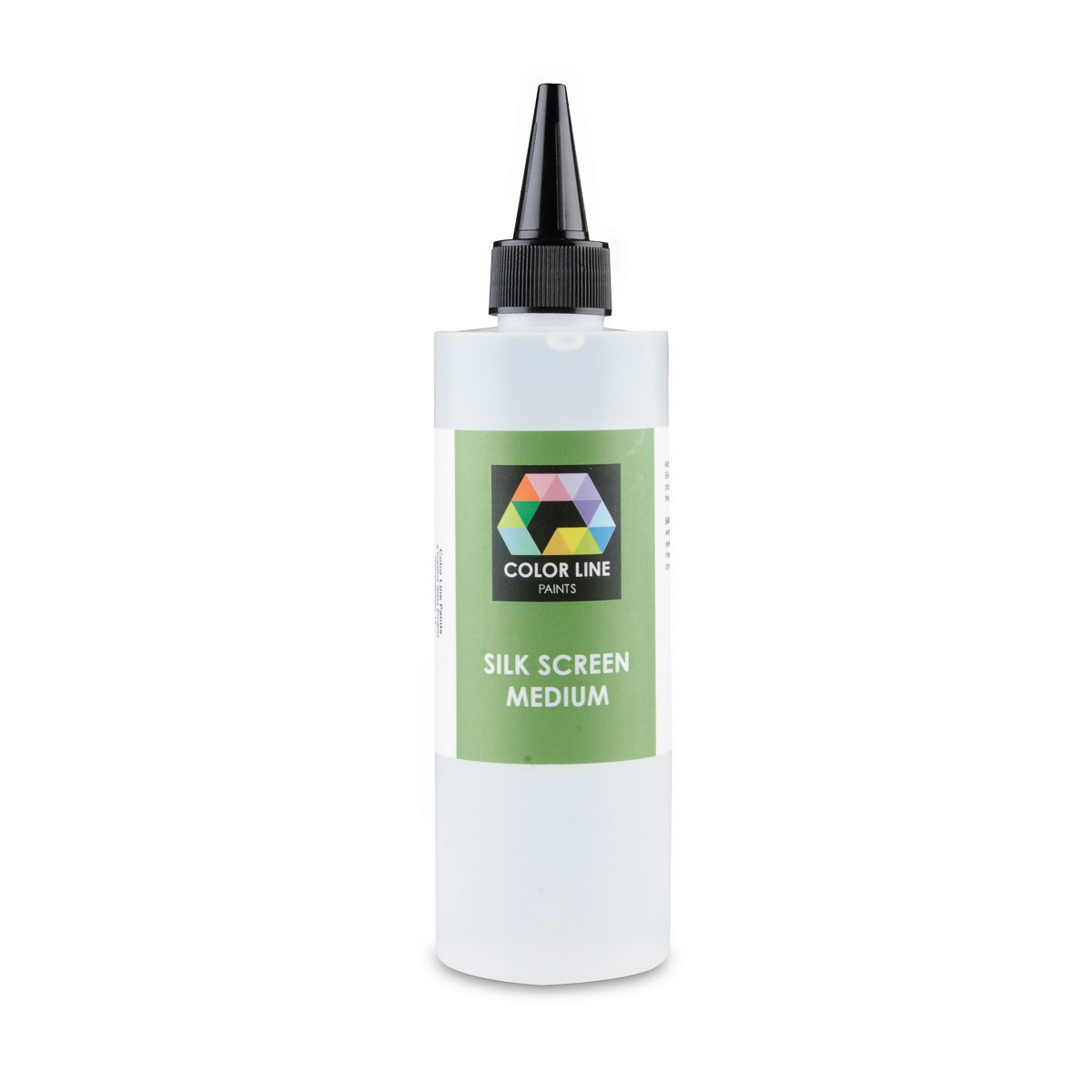- CLOSE-OUTS (SALES)
- BARGAIN BIN
- BEADMAKING & FLAMEWORKING
- ACCESSORIES AND FINDINGS
- BEADHOPPERS
- BEADMAKING CHEMICALS & CONSUMABLES
- BORO BATCH GLASS
- BOROGLOW TUBING
- BOROSILICATE GLASS DECALS by HENDRIXSON
- BULLSEYE GLASS - COE 90
- CHINESE GLASS
- CLEAR BOROSILICATE TUBING & ROD
- COLORADO COLOR COMPANY
- COMPETTITIVE GLASSWORKS
- CREATION IS MESSY (CiM) GLASS
- CRUSHED OPAL TUBING & RODS
- DICHROIC FRIT
- DICHROIC GLASS
- DICRO SLIDE
- DOUBLE HELIX GLASS
- DREAM TUBING CO. - DICHROIC BORO TUBING
- DREAM TUBING CO. - DICHROIC BORO CANE
- EFFETRE GLASS
- FAIRY DUST - SIMULATED DICHROIC
- FRIT BLENDS - SOFT GLASS
- FUMING
- GILSON & DOPALS OPALS
- GLASKOLBEN
- GLASS ALCHEMY GLASS
- GLOW POWDER
- GOLDSTONE & AVENTURINE
- GREASY GLASS
- GROUND GLASS JOINTS
- ACCUGRIND GROUND GLASS JOINTS
- CHINESE CLEAR GROUND JOINTS
- CHINESE COLOUR GROUND JOINTS
- DIFFUSERS
- GERMAN GROUND GLASS JOINTS
- KECK CLIPS
- LENZ GROUND GLASS JOINTS
- QUARTZ GROUND GLASS JOINTS
- THREADED GLASS VIALS
- UNGROUND GLASS JOINTS
- 10mm GROUND GLASS JOINTS
- 12mm GROUND GLASS JOINTS
- 14mm GROUND GLASS JOINTS
- 19mm GROUND GLASS JOINTS
- DEWAR GROUND GLASS JOINTS
- HEAT DEFENSE PADS
- HIGH TEMPERATURE TAPES & ADHESIVES
- KILN MATS - WOVEN
- KUGLER GLASS - 104 COE
- LAMPWORKING KILNS
- LAUSCHA GLASS
- LEAF, FOILS, TUBING, DISCS, WIRE & GRAIN, INSERTS
- LINED TUBING by GOLDEN GATE GLASS
- LUMIERE LUSTERS™
- MICA POWDERS
- MILLEFIORI
- MOMKA GLASS
- MURRINI - GALAXY
- NORTHSTAR GLASS
- OCEANSIDE GLASS & SYSTEM 96 RODS
- ORIGIN GLASS
- PARRAMORE GLASS
- PDX TUBING
- QUARTZ ROD & TUBING
- REDUCTION FRIT
- REDUCTION RODS
- REICHENBACH 104 GLASS
- SAFETY SUPPLIES - EYEWARE, GLOVES, ETC.
- SAMPLE SETS
- STREAKY STRINGERS AND RODS
- THOMPSON ENAMELS
- TAG - TRAUTMAN ART GLASS
- TOOLS - LAMPWORKING
- BEAD CREATORS
- BEAD & MARBLE MOLDS
- BENCH ROLLERS
- BLOWHOSE ADAPTORS (BOOTS)
- BLOWHOSE, SWIVELS, STOPPERS, CORKS
- BLOWPIPES
- CARBON RODS
- CLEANING TOOLS
- CUTTING & SCORING TOOLS
- DESIGN PUSHES
- FINISHING TONGS
- FLARING TOOLS
- FRIT TRAYS, FRIT SIFTERS, FRIT MAKERS
- GRAPHITE PADS
- GROUND GLASS JOINT TOOLS
- HEMOSTATS
- HOLDING FINGERS - GRABBERS
- IMPLOSION TOOLS
- JACKS
- LATHE TOOLS
- MANDRELS
- MARBLE MOLDS
- MASHING TOOLS
- OPTIC MOLDS
- MEASURING & MARKING TOOLS
- PADDLES
- NECKING TOOLS
- PUSHES
- RAKING & POKING TOOLS
- REAMERS
- REPLACEMENT PARTS
- SHAPING TOOLS
- SHEARS
- SOPHIETA or PUFFER TOOLS
- SCULPTING TOOLS
- TWEEZERS & HOLDING TOOLS
- TORCHES, BURNERS AND ACCESSORIES
- BEVELS
- BEVEL CLUSTERS
- EXQUISITE BEVEL CLUSTERS
- GLASSMATE NATURE SERIES
- GST (GLASSMITH) - CLEAR
- GST (GLASSMITH) - COLOURED
- HARMONY BEVELS
- INFINITY BEVEL CLUSTERS
- ANGEL BEVEL CLUSTERS
- ANIMAL BEVEL CLUSTERS
- ASTROLOGY BEVEL CLUSTERS
- BIRD BEVEL CLUSTERS
- CELTIC BEVEL CLUSTERS
- CORNER & BORDER BEVEL CLUSTERS
- FLORAL BEVEL CLUSTERS
- HEART & RIBBON BEVEL CLUSTERS
- HOLIDAY AND OTHER MISC. THEMED BEVEL CLUSTERS
- MUSICAL BEVEL CLUSTERS
- NAUTICAL BEVEL CLUSTERS
- PRIARIE BEVEL CLUSTERS
- PROFESSIONAL BEVEL CLUSTERS
- RELIGIOUS BEVEL CLUSTERS
- STAR BEVEL CLUSTERS
- BOOKS & PATTERNS
- STAINED GLASS PATTERN BOOKS A - D
- STAINED GLASS PATTERN BOOKS E - I
- STAINED GLASS PATTERN BOOKS J - K
- STAINED GLASS PATTERN BOOKS L - Q
- STAINED GLASS PATTERN BOOKS R - S
- STAINED GLASS PATTERN BOOKS T - Z
- ETCHING
- FUSING
- HOLIDAY & RELIGIOUS
- INSTRUCTIONAL & REFERENCE BOOKS
- LAMPS
- LAMPWORKING & JEWELLERY
- MOSAIC & GARDEN
- NATURE & ANIMALS
- PAINTING
- PROJECTS
- STYLES & THEMES
- WINDOWS & DOORS
- CAME, FOIL, METALS
- CHEMICALS
- FRAMING
- FUSING
- ACCESSORIES & FINDINGS
- ADHESIVES
- BULLSEYE GLASS
- CHEMICALS AND CONSUMABLES
- DICHROIC GLASS
- DISPLAY STANDS & WALL MOUNTS
- FRIT BLENDS - 96COE
- FUSIBLE PAPER & DECALS
- FUSING GLASS PACKS
- FUSING KITS
- FUSING MOLDS
- BOTTLE SLUMPING MOLDS
- CASTING MOLDS - COLOUR DE VERRE
- CASTING MOLDS - CPI (CREATIVE PARADISE)
- CASTING RINGS
- DOOR KNOB MOLDS & HARDWARE
- DROP, DRAPE and SLUMP MOLDS
- LAMP MOLDS
- NOVELTY MOLDS
- OVAL MOLDS
- POT MELT MOLDS
- RECTANGULAR MOLDS
- RELIGIOUS THEMED MOLDS
- ROUND MOLDS
- STAINLESS STEEL MOLDS
- STAND-UP MOLDS
- SQUARE MOLDS
- TEXTURE MOLDS
- WEAVE MOLDS
- FUSING TOOLS
- GLOW FRIT (FUSING)
- GLASSLINE PAINTS
- KILNS & ACCESSORIES
- KILN MATS - WOVEN
- MICA POWDERS & FAIRY DUST (SIMULATED DICHROIC)
- MILLEFIORI & MURRINE
- OCEANSIDE COMPATIBLE & SYSTEM 96 GLASS
- OVERLAYS for FUSED & STAINED GLASS
- PRE CUT FUSIBLE GLASS SHAPES
- SAFETY SUPPLIES - EYEWARE, GLOVES, ETC.
- THOMPSON ENAMELS
- TWISTED CANE
- WALL MOUNTING SYSTEMS
- WISSMACH 96 FRITS
- GLASS SHEETS - FUSIBLE
- GLASS SHEETS - NON FUSIBLE
- GRINDERS, BANDSAWS, CAME SAWS
- HAND TOOLS
- JEWELRY
- JEWELS, GLOBS, RONDELS
- LAMP BASES & ACCESSORIES
- MERCHANDISE
- MOSAIC & PATIO STONE
- PAINTING
- STAINED GLASS BEGINNER KITS
- SUNDRIES
SILK SCREEN PRINTING
You can print graphic imagery on glass using these quality silk screen printing supplies. Photographs? Illustrations? If you can print an image from a computer, you can use these supplies to print it on glass!
About Color Line Pastes:
These high pigmentation pastes are are ideal for screen printing. They hold well on glass and offer optimal results even with a 120 mesh screen.
Technical Details:
Recommended firing temperatures are 700℃ to 820℃ (1300℉ to 1510℉).
Compatible with art and float glass.
COE 85-96 and ceramics.
Using Color Line Screen Paste;
Color line screen paste offers the ability to add high-pigmentation design elements and imagery onto sheet glass with no powdered enamels to mix. Pastes come ready to print, and are available in a wide range of mixable colors.
Preparation
The working consistency of color line screen paste should be close to that of honey. New pastes are ready to print, but will thicken with air exposure or prolonged storage. If your paste is too thick, gently stir in a few drops of Color Line Screen Printing Medium to thin to the desired consistency. Avoid creating bubbles in the paste, and pop any large bubbles before printing.
Application;
Prefire your glass to 1425–1450°F to achieve a smooth printing surface, then cut your glass to the desired size, and bevel edges to avoid puncturing your screen. Follow standard printmaking procedures (first flood, then print).
Apply the paste to your screen (use 230 mesh silk screen for best results) by pouring it out of the tub or scooping it with a palette knife. You should use more paste than your print will require—this allows you to pull multiple prints if necessary, prevents the paste from drying too quickly in the screen, and excess paste can always be returned to the container.
Cleanup
Be sure to clean the screen, squeegee and tools using a wet sponge immediately after printing (see safety guidelines below for special instructions). Excess paste can be saved for future use. Do not store pastes in #6 plastic (polystyrene). The container will dissolve. Instead use glass, #5 plastic (polypropylene), or #2 (HDPE).
Safety;
When using Color Line Screen Paste, always wear disposable gloves. No respirator is required. Contain waste water to a settling bucket (do not rinse down the drain) and check your local regulations for proper disposal instructions.
Firing/Layering
Once you’ve applied paste to the glass, it must be sintered by firing uncapped to 1350°F. This makes the enamel less susceptible to scratching/smearing. After sintering, the glass can be layered and full fused or capped. Printed imagery will distort a bit on the top layer of a full fuse firing, but you can prevent this by using a sheet of clear glass as your top layer.
Note: Red paste is sensitive to airborne carbon and requires special firing considerations.
• This color will not develop fully if the kiln is fired with no ventilation.
• Fire the kiln with peeps removed and doors lightly ajar up to1000oF.
• Hold at 1000oF for 15 minutes before closing the door for the remainder of your firing cycle. •
Other colors may be fired simultaneously.This will not affect their final hue.
• For more detailed instructions,refer to the ColorLine Product Information packet.
bullseyeglass.com
article #8654
20180827_EFL
Sort by:Recommended




